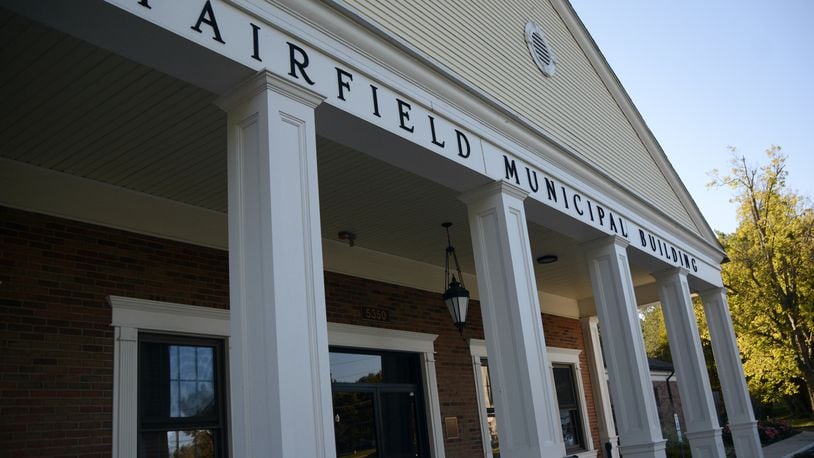For decades, the city has offered tax abatement programs to entice businesses to either open, relocate, or expand in Fairfield, such as the Community Reinvestment Area (CRA) and Enterprise Zone (EZ) programs. These economic development tools support and attract economic development projects, which have driven job growth at both midsize and large employers, including ART Metals, Calvary Industries, Standex Electronics, Pacific Manufacturing, Koch Foods, and Cincinnati Financial Corporation.
Economic Development Manager Nathaniel Kaelin said the new grant-based incentive ― based on income tax known as a job-creation incentive ― “would provide, basically, a mechanism to incentivize new job creation for projects where a property tax abatement was not applicable.” This program will be used when trying to fill available building stock.
This new incentive reflects changing needs in the community, Kaelin said.
He said if a company would relocate or open an existing building, the city could not abate the existing value of the building on the tax rolls. So, this is where this economic development tool would be used.
“It’s not something we anticipate to use a lot, but it’s something we want to put in place as a potential tool as we look at back-filling more buildings as we have less green space in the building,” he said.
While that’s a new economic development program, the more significant update to the Fairfield tax incentive guidelines is to update the metrics used to evaluate a project for a CRA or EZ.
In a typical office or industrial project, Fairfield would look at the number of jobs created or retained, payroll, and the total investment. Kaelin said they’ll be increasing the amount of payroll to be generated as well as the amount of investment into a project.
This is being done because, over the past decade, Kaelin said “there’s been inflation and wage growth in the market.”
Fairfield will also include new text related to the guidelines of speculative and redevelopment projects, where they might consider other characteristics than job investment and payroll numbers.
The city hadn’t made the changes without discussions with the Fairfield City Schools. According to a city staff report, the school district “is an important partner in the city’s economic development efforts.”
CRA and EZ incentives impact property tax revenues resulting from the renovation of existing or construction of new buildings, and since the early 2000s, the city and school district established tax incentive guidelines to establish a framework for Fairfield staff to negotiate and propose tax incentives to Fairfield City Council and the FCSD Board of Education. Typically, the owner of a project must make payments to the district, which relies on tax dollars for operation.
About the Author
